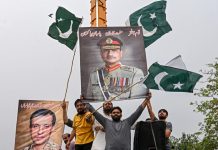Does a movie reflect the truth? As has happened with great historical Hollywood movies, this question will evoke different answers from different people, depending on how one interprets the past events in accordance with one’s political or ideological proclivities. Therefore, it is not surprising to see the varying reactions to Bollywood filmmaker Vivek Agnihotri’s blockbuster The Kashmir Files.
The overwhelming majority, maybe more than 90 percent of viewers, consider the movie to be based on true stories about the hapless Kashmiri Pandits (Hindus), who were forced by the Islamic terrorists and their sympathetic rulers in the capital Srinagar in the then undivided state of Jammu and Kashmir to become refugees in their own country, something, and that is worse, was allowed to happen by the totally unhelpful authorities in Delhi.
It is said that between February and March 1990, approximately 100,000 of the Valley’s total 140,000 Kashmiri Pandit inhabitants migrated, following the threats by the terrorists that if they wanted to stay, then they must either convert to Islam or flee the valley or be prepared to be killed.
Kashmir Files – Realistic Portrayal Of Events
Although this writer is not a professional film reviewer, one can say that the movie, centered around the character of Pandit Puskar Nath, played by veteran actor Anupam Kher, and his wish to return to his house in the Valley, has displayed some brilliant performances.
In fact, for me, the best performance (I hope Kher’s fans will pardon me) is by actor Darshan Kumar (the role of Puskar Nath’s grandson), followed by that of actress Pallavi Joshi, whose role is modeled on a professor of my alma mater Jawaharlal Nehru University, who was on headlines a few years back for her instigating the students to go on agitation for “azadi” (freedom) of Kashmir, which, according to her, was under “India’s illegal occupation”.
The thrust of the movie is how the intensity of the oppression or killing of the Pandits in the Kashmir Valley was totally underplayed in the media and how insensitive the political and intellectual elites of the country were to allow this pathetic state of affairs to go on.
And this despite the fact some conscientious civil servants like the character played by veteran actor Mithun Chakraborty were unheeded. And these civil servants, as admitted by some, now retired, after seeing the movie, refused to reveal the tragedies in their gory details because of their helplessness due to the Official Secrets Act.
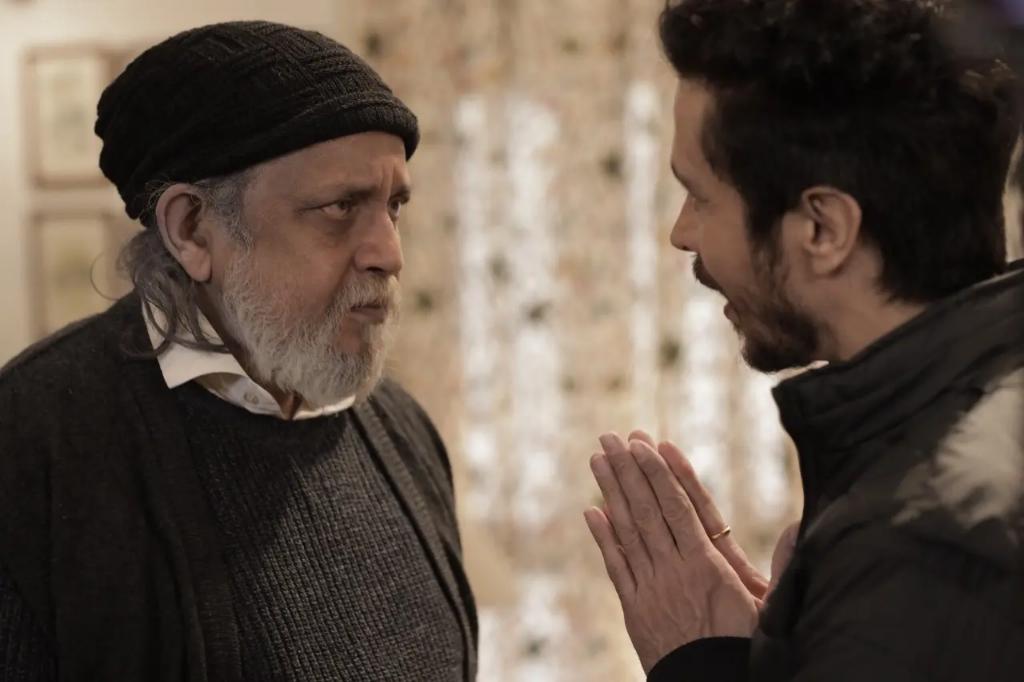
Obviously, such a narrative has been challenged by professional film reviewers and India’s so-called liberal/secular elites, who dominate leading educational institutions and national media. For them, The Kashmir Files is doctored, staged and faked.
Of course, all historical evidence should be subject to skepticism. But that does not negate Agnihotri’s film’s unique ability to reflect and resemble historical figures and events. He has succeeded undoubtedly in capturing images in time and representing things as if they are still present.
Why ‘Liberals’ Are Objecting To The Film
Let us see what these “liberals” find objectionable in The Kashmir Files. They say that Agnihotri has shown a limited side; he has ignored how many more Muslims have died too and how the insurrection — movement or insurgency has been due to the betrayal by Delhi and its total misgovernance and wrong decisions.
Vivek Ranjan Agnihotri is emerging as the favourite filmmaker of the BJP and has received the party’s full support. https://t.co/gbhvDUZMpE
— The Wire (@thewire_in) March 19, 2022
The above is a pathetic logic and an example of their double standards. Have they ever taken to task the movies on insurgencies and terrorism that have been made by the likes of Gulzar and Mahesh Bhatt for their one-sided presentations? Never.
In fact, if Agnihotri has shown one side of the story, then nothing prevents others from making movies showing the other side. In any case, in a movie of say two and half hours, one can only focus on a specific angle that nearly 90 percent of Indians (or for that matter, the world as a whole) did not know.
And that brings me to the traditional behavior of India’s mainstream media experts, academicians, retired bureaucrats now gainfully engaged in various think tanks and so-called non-governmental organizations.
Almost all of them are the bleeding-heart liberals – mostly arm-chair “pacifists” – who always projected the Indian military as aggressor and Kashmiris as underdogs fighting for their human rights. In fact, under the influence of these liberals, some important national dailies have now even stopped using the term “terrorists” altogether; instead, they now prefer to use the word “militants”.
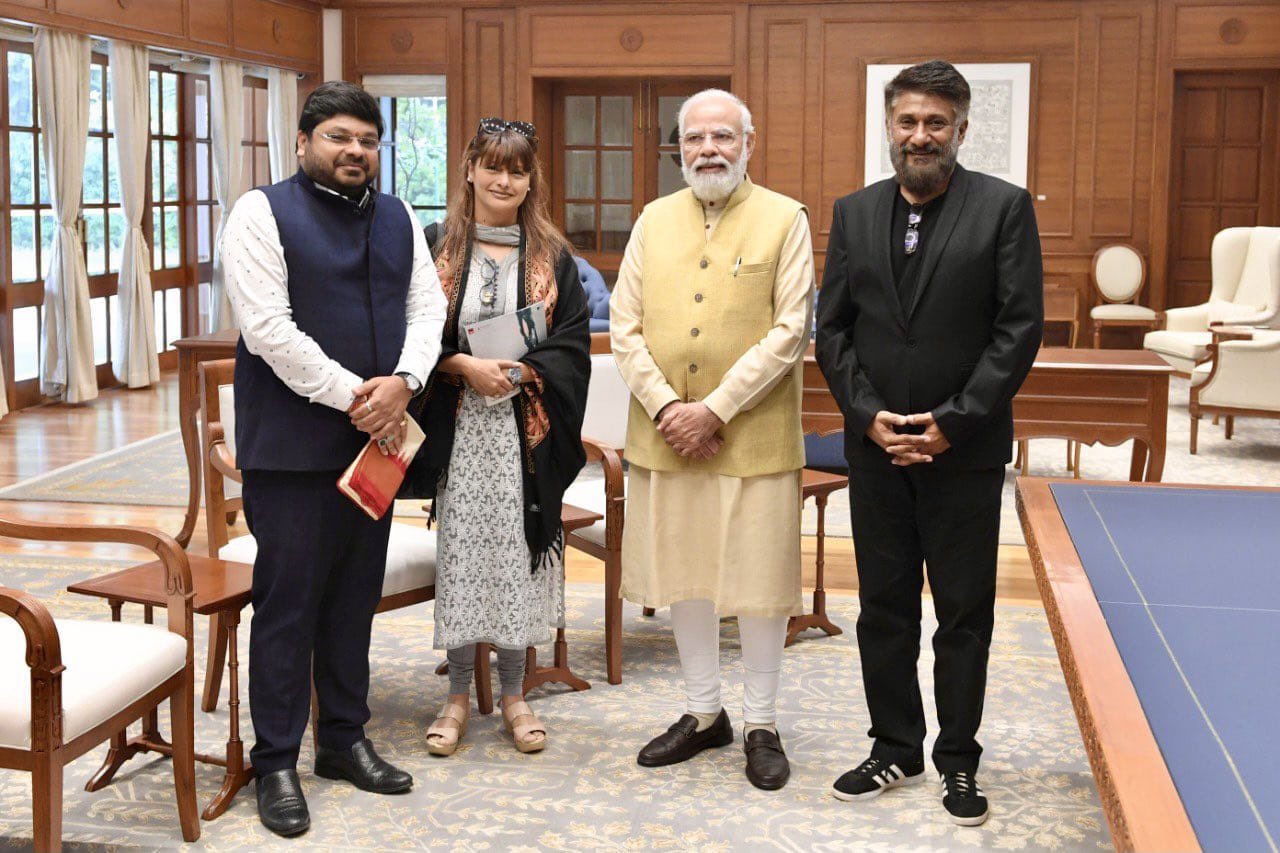
What Is Kashmiriyat?
In my considered opinion, the best description of what has been happening in Kashmir over the past three decades came once from former deputy chief minister Muzaffar Hussain Baig. At an all-party meeting in Delhi in August 2016, he had spoken the unpalatable truth about how in Kashmir “a narrative of religious extremism” is witnessing “the revival of Khilafat” which has taken the form of Islamic State (IS).
Let me quote Baig. “I told (the all-party meet) that there is a narrative of religious extremism. This narrative is created in madrasas. Our teachers and schools don’t have such commitment or reach. These kids are trained in religious texts without context. Now there is a revival of Khilafat, which has taken the form of IS. It is bound to influence the youth of Kashmir.
“I told them (all-party meeting) that what is taught in madrasas is not real Islam. They teach them politicized Islam. They (students) get two sets of kameez pajamas from their families and these vulnerable minds are told that if you die in Jihad, you will go to paradise and if you survive you will be a hero. We should have had a counter-narrative (in Kashmir)”.
Islamization of Kashmir
Viewed thus, the unrest in Kashmir is not necessarily due to the so-called alienation of the people because of poor governance, lack of development, and violation of human rights. The unpalatable truth, which our bleeding-heart-liberals in the intelligentsia and political parties ignore, is that in Kashmir, the youth is fast becoming radicalized, seeking total Islamization of Kashmir.
No amount of concessions to these separatists and their leaders will ever appease them, their real goal being secession. They will never reconcile with a secular India.
The Saudi-funded and Pakistani-supported Wahhabism has been on a forward march in Kashmir ever since the Iranian revolution in 1979. Its primary purpose, in the beginning, was to stem the Shia uprising, but over a period of time, Wahhabism with generous Saudi petrodollars gathered its own momentum. Their main aim has been to establish their type of Islamic rule, with no scope for co-existence with those having different belief systems.
It is in this context that one agrees fully with Bangladeshi scholar Abu Taher Salahuddin Ahmed that over the years, Kashmir has been witnessing three principal trends – Indianness, Kashmiriness, and Muslimness.
The Indianness has been propagated by the federal forces, be it the Central Government or national parties such as the Congress and the BJP. However, the problem in the state is due to the tussle between those believing in Kashmiriness and those loyal to Muslimness.
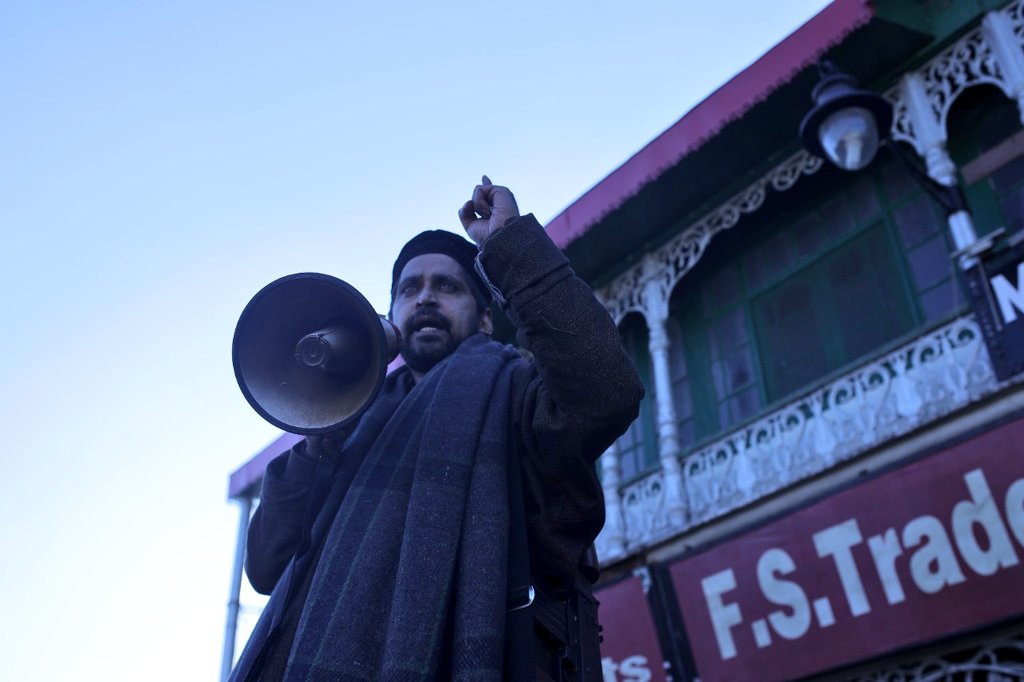
The Kashmiriness is an offshoot of the much-talked-about Kashmiriyat, which, while co-existing with Indianness, talks of inclusive or composite identity, binding all groups together and not offending any section.
It did promote coexistence. The majority of the Kashmiri Muslims, therefore, had no problems with the Hindus or for that matter with the Buddhists. And, the key factor to the success of Kashmiriyat was the fact that the overwhelming majority of the Kashmiri Muslims believed in Sufism or what is called the “Rishi tradition” that believed in saint and shrine worship.
Of course, it was greatly facilitated by the fact that as was the case in other parts of the subcontinent, Muslims were essentially the converts from the fold of Hinduism. No wonder why despite being a Muslim-majority area, beef-eating, until recently, was virtually non-existent in the Valley.

In contrast, the Muslimness always advocated exclusive concepts in the Valley. Promoted by the Wahhabi and Ahl-i-Hadith sects, this school relies more on the authority of the Quran and Hadith and is totally opposed to the concept of saints and shrine worship. Almost all the separatists and terrorists, including the so-called moderate elements like the Hurriyat Conference, belong to the school of Islamness.
They have nothing to do with India. They have nothing to do with Kashmiriyat either. For them, Kashmiri as a distinct and proud language does not exist. No wonder why Kashmiri children are no longer encouraged to speak, read and write in their mother tongue; they are forced to adapt to Urdu.
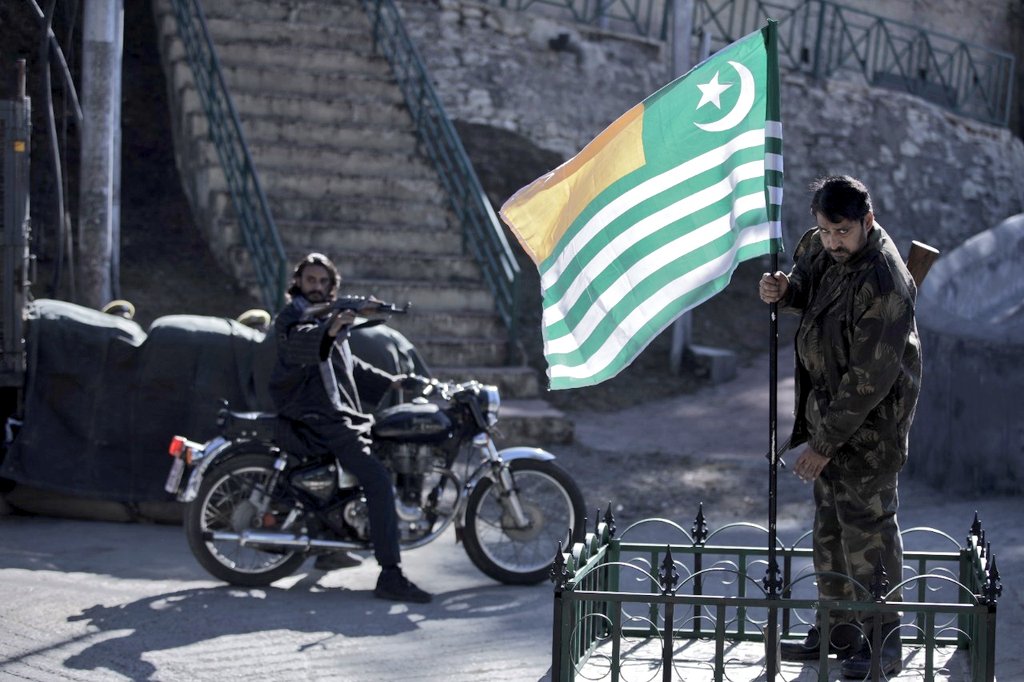
In fact, it is a myth that the armed insurgency in Kashmir that began in 1989-90 was a result of the election rigging of 1987. The rigged poll might have been a catalyst, but the fact remains that during this poll campaign, Islamists had made it clear that they wanted to establish ‘Nizam-e-Mustafa’ (rule of the Prophet) in Kashmir. Democracy was seen as ‘haraam’ or un-Islamic.
All the separatist leaders would love Kashmir to be run by Sharia, not by democratic tenets. They want mosques or mosque-approved leaders, not any elected representatives, to control their lives. Just see the roles the mosques are playing in aggravating the crisis in Kashmir today.
It is the loudspeakers from mosques that instigate people to gather and agitate. It is in the mosques that the terrorists take shelter, knowing pretty well that the security forces will not dare enter there.
In other words, the Islamists want Kashmir only to be the sole preserve of the Muslims of their brand. The Kashmir File narrates this phenomenon, something we witnessed never before.
- Author and veteran journalist Prakash Nanda is Chairman of Editorial Board – EurAsian Times and has been commenting on politics, foreign policy on strategic affairs for nearly three decades. A former National Fellow of the Indian Council for Historical Research and recipient of the Seoul Peace Prize Scholarship, he is also a Distinguished Fellow at the Institute of Peace and Conflict Studies. CONTACT: prakash.nanda@hotmail.com
- Follow EurAsian Times on Google News

